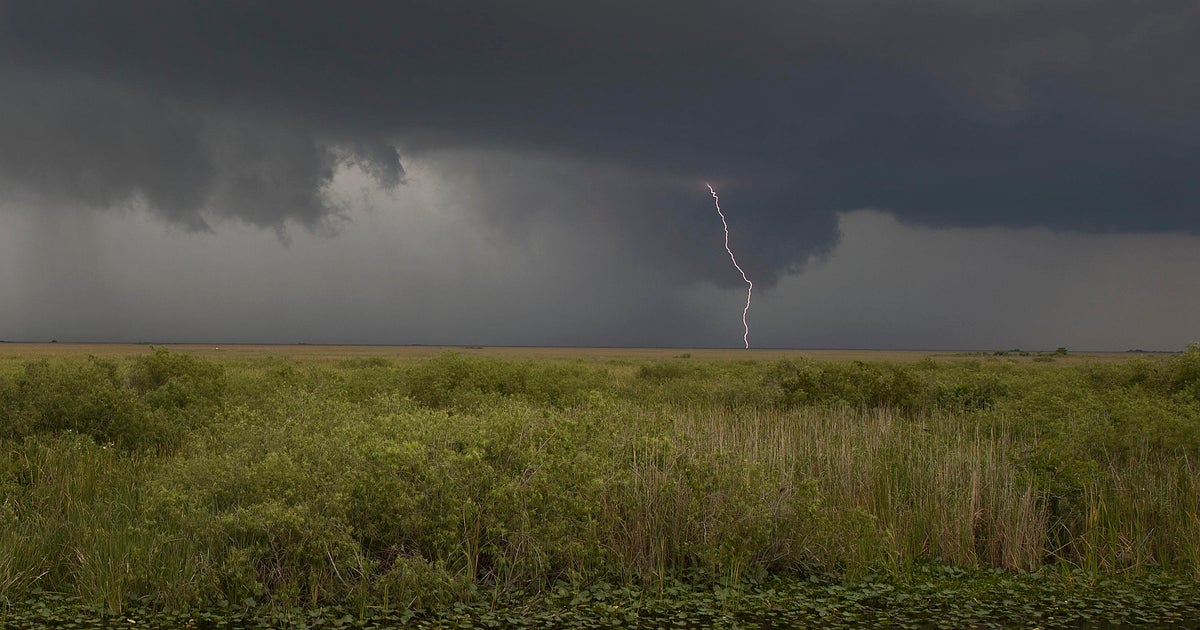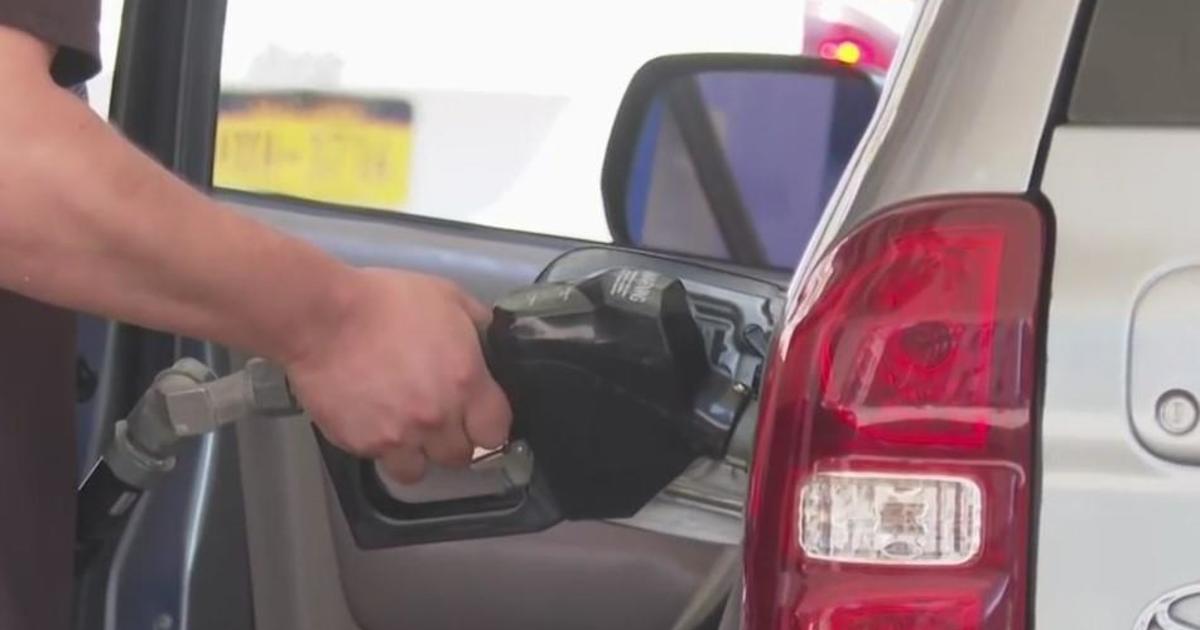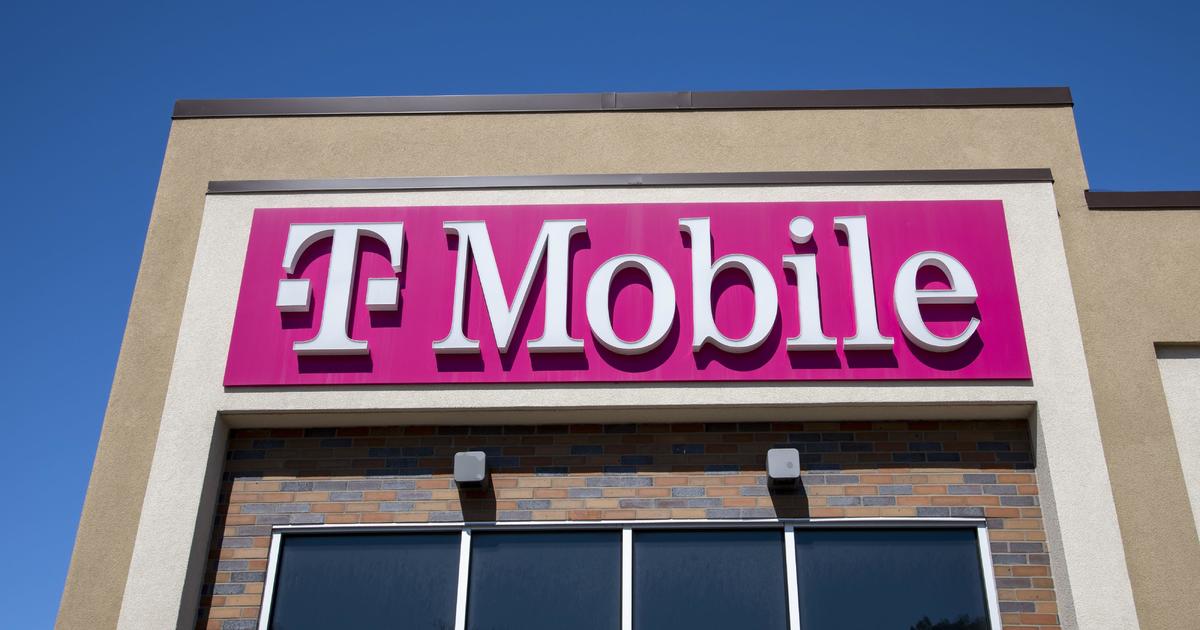Rocket Booster Aiming For Ocean Barge In Redo Of SpaceX Test
Follow CBSMIAMI.COM: Facebook | Twitter
CAPE CANAVERAL (CBSMiami/AP) — The 1-million-mile destination for a space weather satellite isn't what has the space community excited. It's the rocket's ocean landing that everyone will be monitoring after Sunday's launch.
The SpaceX company will take a second stab at landing a booster on a platform floating off the Florida coast; last month's experiment ended in a fireball.
The "close, but no cigar" attempt on Jan. 10 was caused by an insufficient amount of hydraulic fluid. SpaceX added extra fluid for Sunday's sunset landing attempt. But the booster will fly back faster this time given its particular course, and company officials are less certain of success in this attempt to demonstrate rocket reusability.
"So on one side we fixed the problem, on the other side this trajectory is a lot more aggressive and a lot more difficult," SpaceX vice president Hans Koenigsmann said Saturday. He stressed that the test is secondary and entirely separate from the primary mission of launching the Deep Space Climate Observatory for NASA and the National Oceanic and Atmospheric Administration, or NOAA.
Excellent weather is forecast for the 6:10 p.m. launch.
The Deep Space Climate Observatory is the revitalized version of the Earth-observing spacecraft conceived in the late 1990s by then Vice President Al Gore. It was called Triana back then, after the sailor who first spotted land on Christopher Columbus' famed voyage.
The Triana program was suspended, however, and the spacecraft put in storage in 2001. The spacecraft was tested seven years later and refurbished for this new $340 million mission known as DSCOVR, pronounced discover, a joint effort by NASA, NOAA and the Air Force.
DSCOVR will travel to the so-called Lagrange point, or L1, a spot 1 million miles from Earth and 92 million miles from the sun, where the gravity fields are neutralized.
The spacecraft will observe Earth from this ideal vantage point — scientists expect "wow" pictures of the home planet — but its primary objective will be to monitor outbursts from the sun that could disrupt communications and power back on Earth.
Once DSCOVR is on its way, the main booster of the SpaceX Falcon rocket will aim for the ocean platform and attempt a vertical landing within nine to 10 minutes of liftoff.
The smaller-than-a-football field platform — dubbed "Just Read the Instructions" by SpaceX's billionaire founder and chief executive Elon Musk — will be stationed about 370 miles offshore. No one will be on this autonomous drone ship; SpaceX staff will be a safe 25 miles away aboard a recovery boat.
During a space station cargo run for NASA on Jan. 10, the Falcon's leftover booster ran out of hydraulic fluid for its guidance fins, but still managed to hit the platform. The booster landed hard, tumbled and exploded, causing minor damage to the platform. Musk termed the attempt "close, but no cigar."
At a news conference Saturday, Koenigsmann said the company came away pleased. Officials originally pegged the odds of success at 50-50, the same again this time, more or less.
"Personally, I feel this last time was really an enormous accomplishment" on the way to refurbishing and reusing rockets, Koenigsmann said. "I don't see this as a failure at all. To me, it's just a development step."
By reusing rockets, SpaceX hopes to lower launch costs and speed up flights.
SpaceX regularly hauls cargo to and from the International Space Station for NASA, and is working to develop a capsule that could carry American astronauts to the orbiting lab in another couple years.
(TM and © Copyright 2015 CBS Radio Inc. and its relevant subsidiaries. CBS RADIO and EYE Logo TM and Copyright 2015 CBS Broadcasting Inc. Used under license. All Rights Reserved. This material may not be published, broadcast, rewritten, or redistributed. The Associated Press contributed to this report.)



